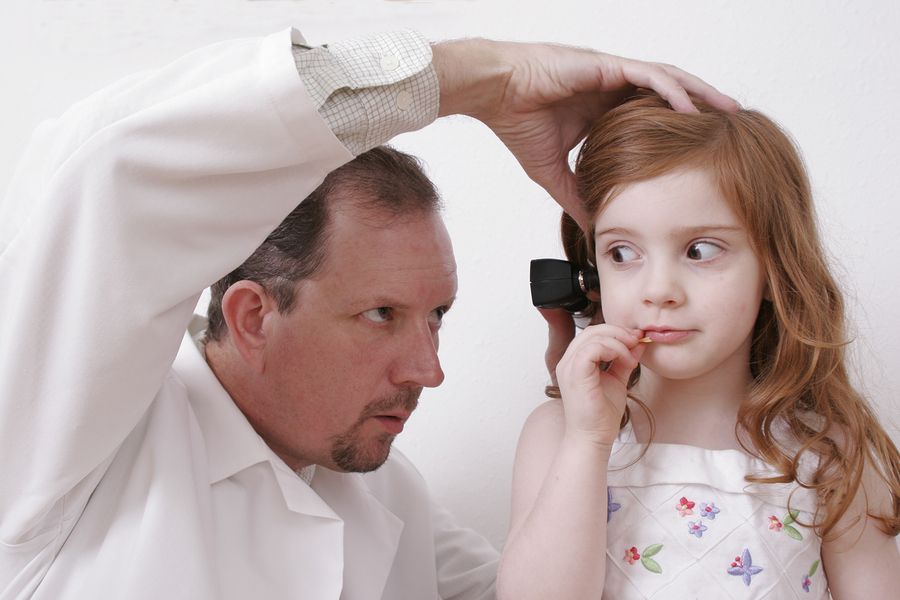The common treatments for ear infections, antibiotics and tympanostomy (“ear tubes”) have been brought into question. According to Family Practice News (October 15, 1998:30), doctors in the Netherlands do not use antibiotics for otitis media, they use decongestants. Antibiotics are only used as a last resort.
In this country, some physicians believe that antibiotics are overused. An article appearing in Family Practice News (June 15, 1996;43) blame the overuse of antibiotics on otitis media for the increase in drug-resistant strains of bacteria. The article notes that resistant strains of Streptococcus pneumoniae have increased from 6% to 20% between 1992 and 1995. In 1994 otitis media was responsible for 29.6 visits to the doctor in 1994 and 85% of the patients received prescriptions for antibiotics.
The Dutch may be onto something with their use of decongestants. Allergies have been implicated in many cases of otitis media. Research appearing in Otolaryngolgy—Head and Neck Surgery (May-June 1981;89:427-431) found that in 119 patients with a history of otitis media in the previous six months, and fluid present in the ear, 93.3% had allergies that were verified by positive RAST tests. The one-year success rate for the patients tested and treated for allergy was 91.6%. This success rate was much better thant the 52.2% success rate enjoyed by a group of patients treated surgically. Other research in appearing in Otolaryngology—Head and Neck Surgery (1996;114:531-544) found that in a sampling of 103 patients with either otitis media, fluid effusion or both, 89% had allergy.
Patients with otitis media have responded to natural therapy. A study appearing in the Annals of Otology, Rhinology, and Laryngology (July 2002;111(7 Part 1):642-652) looked at supplementation in 44 children with low levels of eicosapentaenoic acid (EPA—found in fish oil), vitamin A and selenium. Seven of the children were given cod liver oil (containing EPA and vitamin A) and a selenium supplement. Five of the children did not have any ear infections while being supplemented and overall the supplemented group had 12% fewer days where they required antibiotics for otitis media.
The use of “ear tubes” has been questioned in Family Practice News (December 15-31, 1990;20(24):1,30). The article points out that the tubes can lead to hearing loss. There are studies that have looked at subjects who have had a tube placed in one ear but not the other. The benefits of the tube last about six months or less. One study looked at 98 children who had one tube placed in a single ear. In a five year follow-up, it was found that there was a 21% higher incidence of deafness in the treated ear.
In the United States the approach to otitis media consists of antibiotics and following up with tube placement if the child suffers from repeated “infections”. It is becoming clear that automatically prescribing antibiotics for a child with otitis media may not be a good idea. Antibiotics are only effective in about 14% of the cases and the practice of placing tubes may not be wise.





